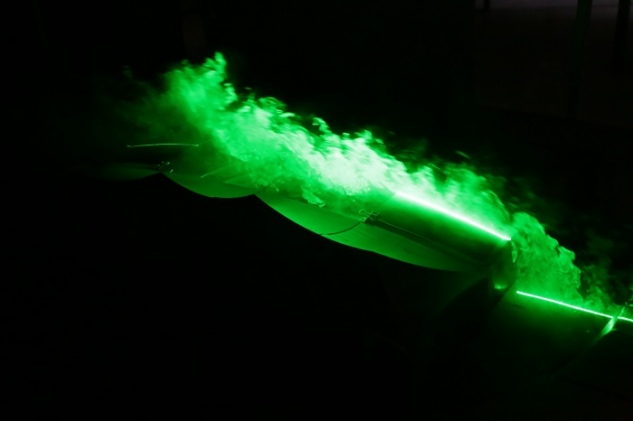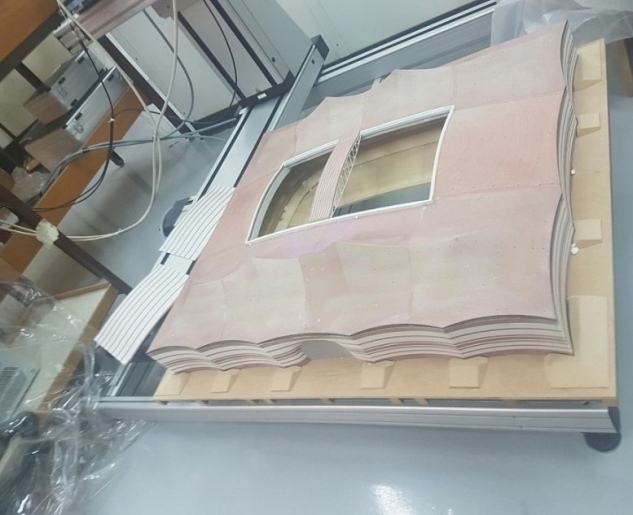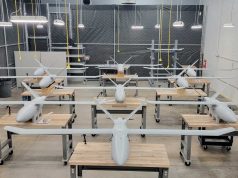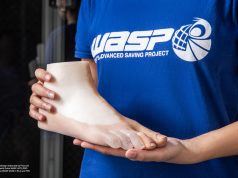With Qatar being the first Arab state to host the Football World Cup in 2022, scientists at the College of Engineering at Qatar University are currently testing 3D printed models of stadiums that need to be desert-proof.
Over the last months, 1:3000 scale models created on 3D printers have been placed into to wind tunnels to closely study their aerodynamics. This way Qatar wants to ensure that the stadiums can be used all year round beyond the World Cup, protecting players and fans from desert sand storms and heat.
It takes about a week to produce one of the scaled models, printed in several parts that are later assembled. The wind tunnel the models are tested in is custom designed and build as well.
“We can see the temperature per tier, add in variants such as sweat produced and amount of spectators, and then run the simulation and see the effect on the temperature inside the stadium,” Dr. Saud Abdul Aziz Abdu Ghani, Professor at the College of Engineering at Qatar University, explained. “For the cooling we want a minimal amount of air to go in, and we want the air inside to stay there. We can change the direction and simulate different wind directions at this facility.”
“We’ve done a lot of work with Qatar University’s team and made aerodynamic changes to our stadiums as a result,” said Yasir Al Jamal, SC Vice Chairman – Technical Delivery Office. “This creates a lot of saving through value engineering. They also look at the roof structure to minimalise the amount of steel, which will reduce energy and capital costs, and reduces the effect on the environment. In effect we are minimising the effect on the environment, as well as the cost and the operational cost.” He adds: “I believe this is the future of the stadium design industry. Testing used to be done on clay models, but this technology is now at the forefront of stadium design and is also being used for high-rise buildings in Qatar instead of sending them for aerodynamics testing in Canada or Germany as was previously done.
Subscribe to our Newsletter
3DPResso is a weekly newsletter that links to the most exciting global stories from the 3D printing and additive manufacturing industry.





























